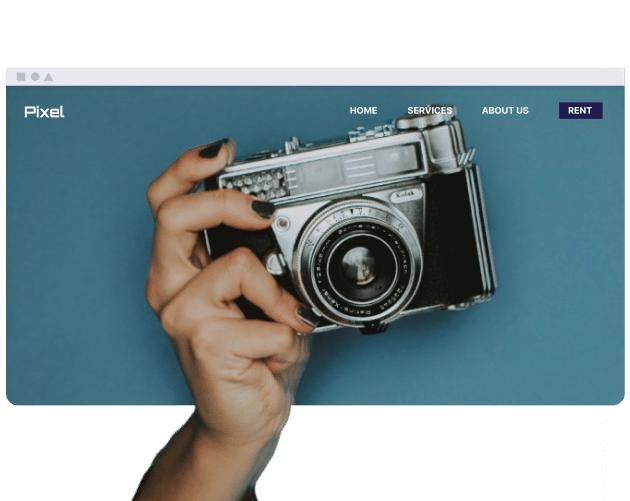What are the basic accessibility features I should look for in a website builder?
Firstly, when selecting a website builder, platforms with a broad range of features related to visibility may be considered. Therefore, start from there: focus your attention on platforms that support the use of semantic HTML, tools for managing color contrast, and other aids. These features are vital for ensuring your site can be interpreted by assistive technologies such as screen readers. Simplicity may be a significant factor; Wix and Hocoos AI are potential starting points, given their inclusion of integrated checkers.
How can I ensure my content (text, images, and media) is accessible on a website builder site?
To begin with, accessibility can be done by using clear language and correctly tagging your content. Thus, always use an updated brief about the image’s description, and also try to capture every bit of sound, present its script either in text/subtitles, or closed captions for videos. Furthermore, try to avoid using too many different colors in a simple text and consider running a color contrast test on the background and the font to increase the visibility and clarity of your writing. A further consideration is that many builders may recommend adding alt text to images, as well as using services like Rev.com for transcripts if a comprehensive built-in solution is not available.
How can I ensure my website’s navigation and interactive elements (like forms and buttons) are accessible?
For easy-to-use navigation and interactive elements, ensure that all links are visibly and logically identifiable (for users to navigate the site using only a keyboard). Design all form fields using clear labels and easy-to-read error messages, and make buttons recognizable and actionable. Test this by pressing ‘Tab’, which will move you through all the interactive elements in the order in which they are given on the webpage. Each interactive element should be visible and highlighted enough.
How can I test the accessibility of my website builder site?
To check the accessibility of your site, use both automatic checks and manual tests. While tools like Google Lighthouse (which is part of Chrome’s developer tools) can point out common issues, convenience testing (for example, navigating your site using only a keyboard or using screen readers like NVDA or JAWS) will give you a deeper understanding of the user experience. It is recommended to achieve at least a level of WCAG 2.1 AA.
What accessibility standards (e.g., WCAG) should I be aware of?
The Web Content Accessibility Guidelines (WCAG) provide international recommendations for web accessibility and are the primary standard. The four principles of WCAG (perceivable, operable, understandable, and robust) are factors in the development of inclusive websites. A significant portion of web accessibility regulations reference these guidelines, suggesting that adherence may correlate with improved legal compliance and standardization across various regions.
Conclusion
Ensuring accessibility of your website builder site extends beyond compliance, impacting the inclusivity of your online presence. Actively addressing accessibility concerns within the builder, adhering to recommended content guidelines, and implementing consistent testing procedures may impact the inclusivity and effectiveness of the site for diverse users.

